One of the major decisions when enrolling in Medicare is whether to choose traditional fee-for-service Medicare or Medicare Advantage. Medicare Advantage plans can be attractive for some retirees because they often have lower premiums than the alternative of using traditional Medicare with Medigap and Part D prescription plans, and can come with additional benefits, such as prescription, dental, and vision benefits. Nonetheless, these plans can have high maximum out-of-pocket limits that could be reached if the insured has significant medical needs. Further, Medicare Advantage plans steer retirees to ‘in-network’ providers, meaning that a policyholder could end up paying significantly more for care if they are seen by an ‘out-of-network’ provider.
Similarly, retirees choosing among Medigap policies might be tempted to choose the plan with the cheapest higher-deductible premium (which could result in significant out-of-pocket expenses if the retiree ends up needing expensive medical care), or at the opposite end, the plan with the most comprehensive coverage (which might lead the retiree to pay more in premiums when they could afford the deductibles and coinsurance of a plan with cheaper premiums). In the end, there is no ‘one-size-fits-all’ approach to selecting Medicare plans


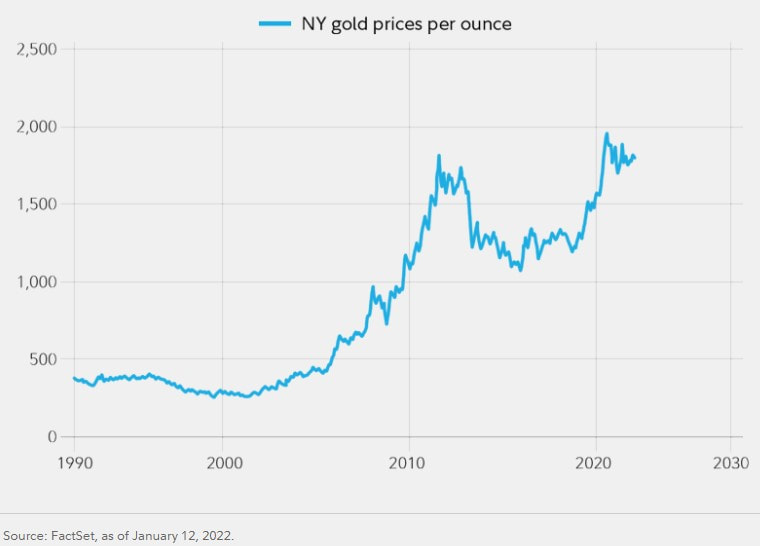
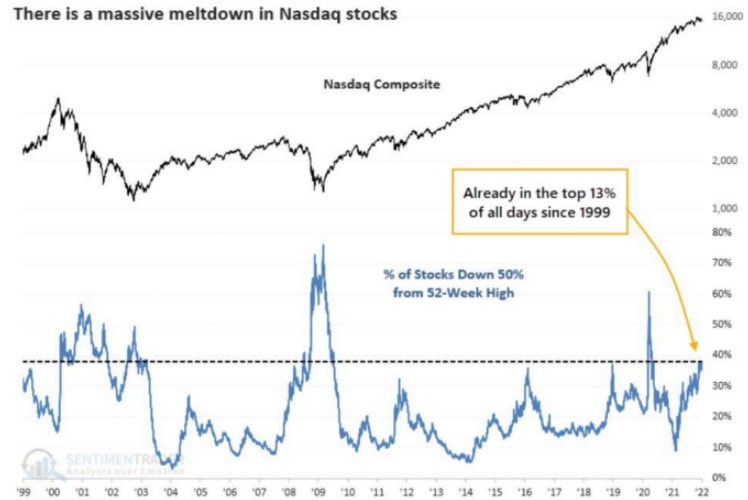
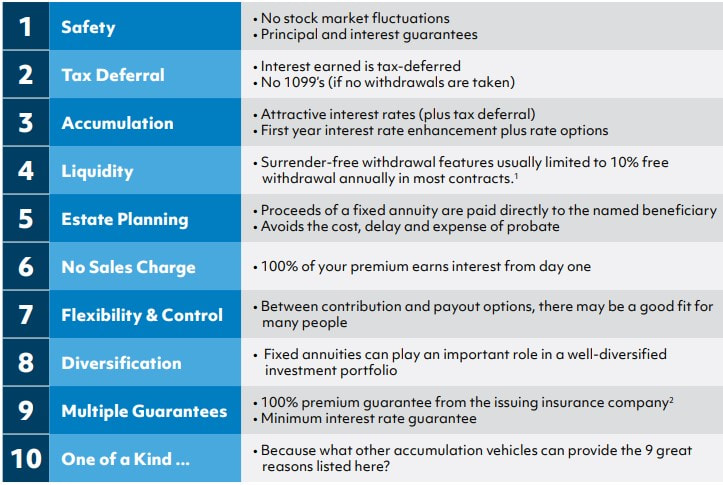
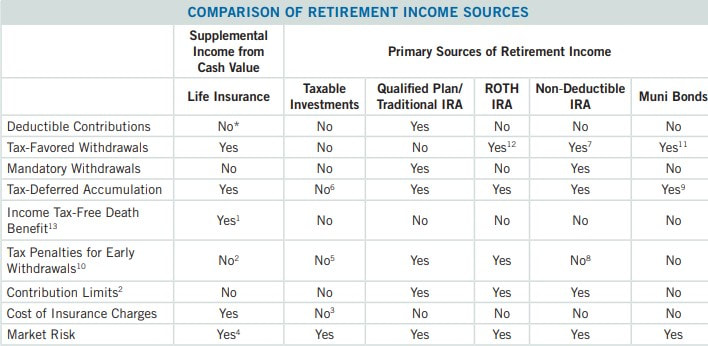
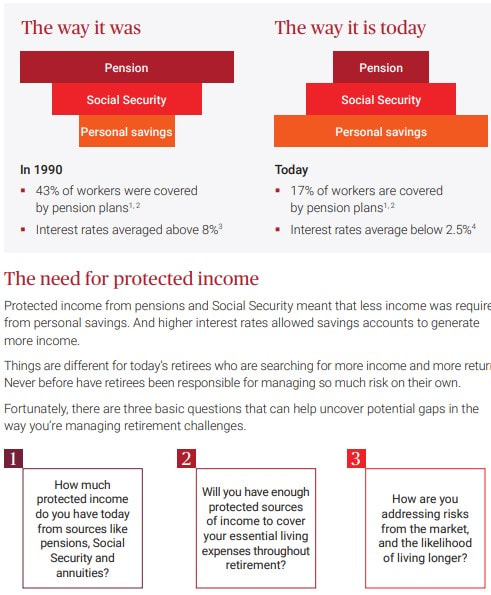
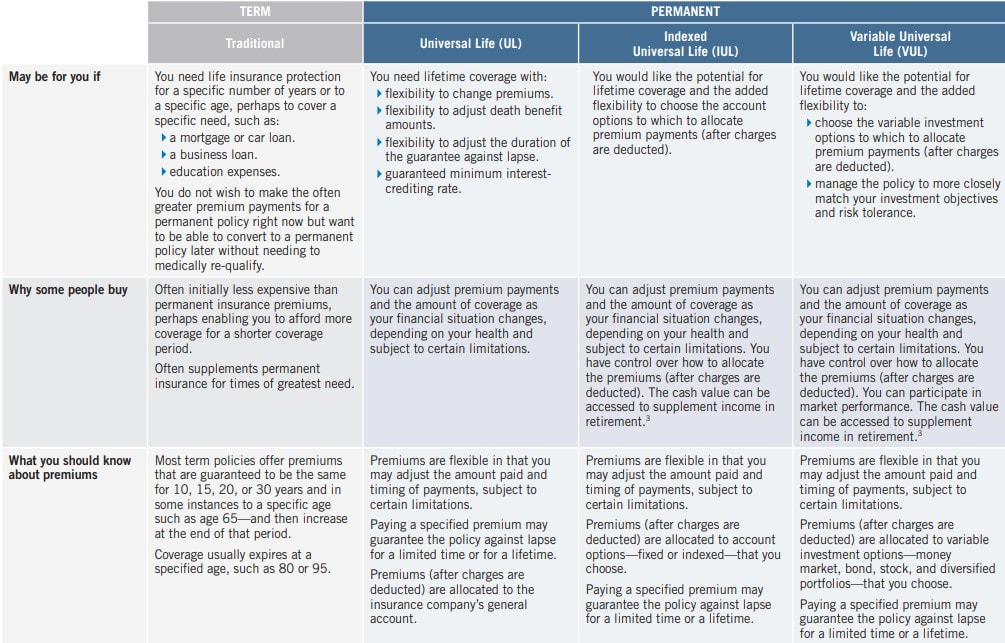
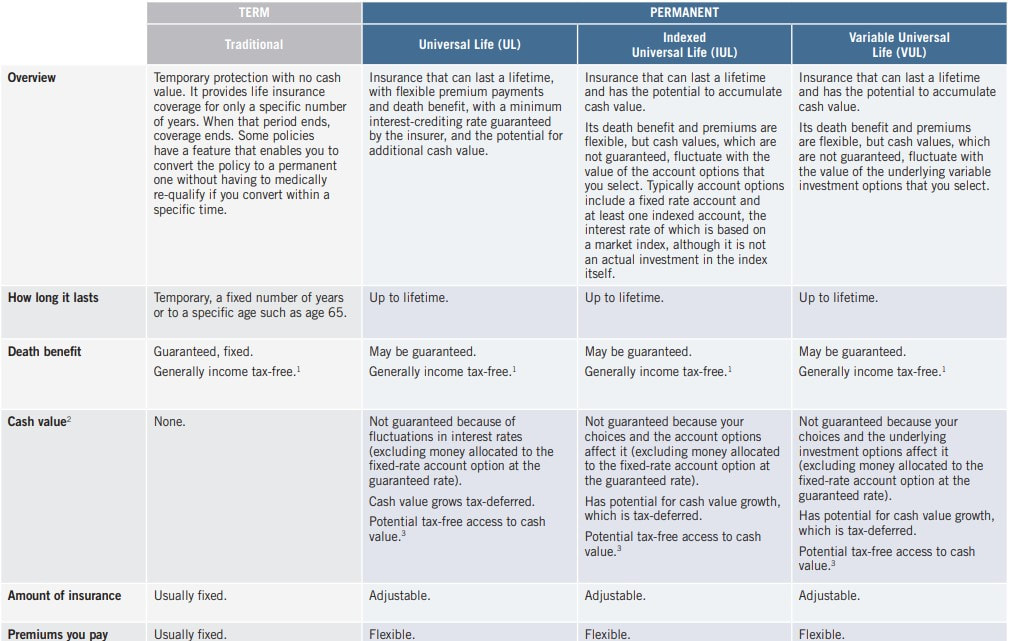
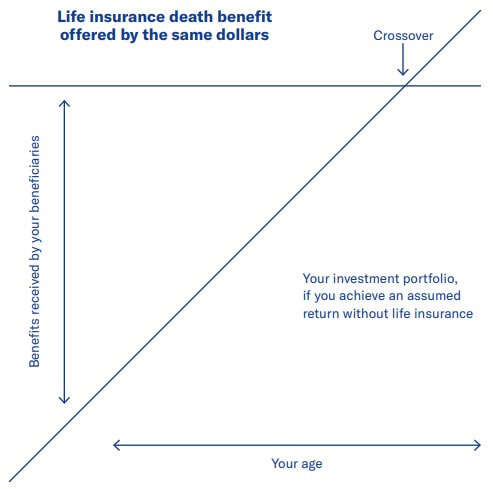
 RSS Feed
RSS Feed
